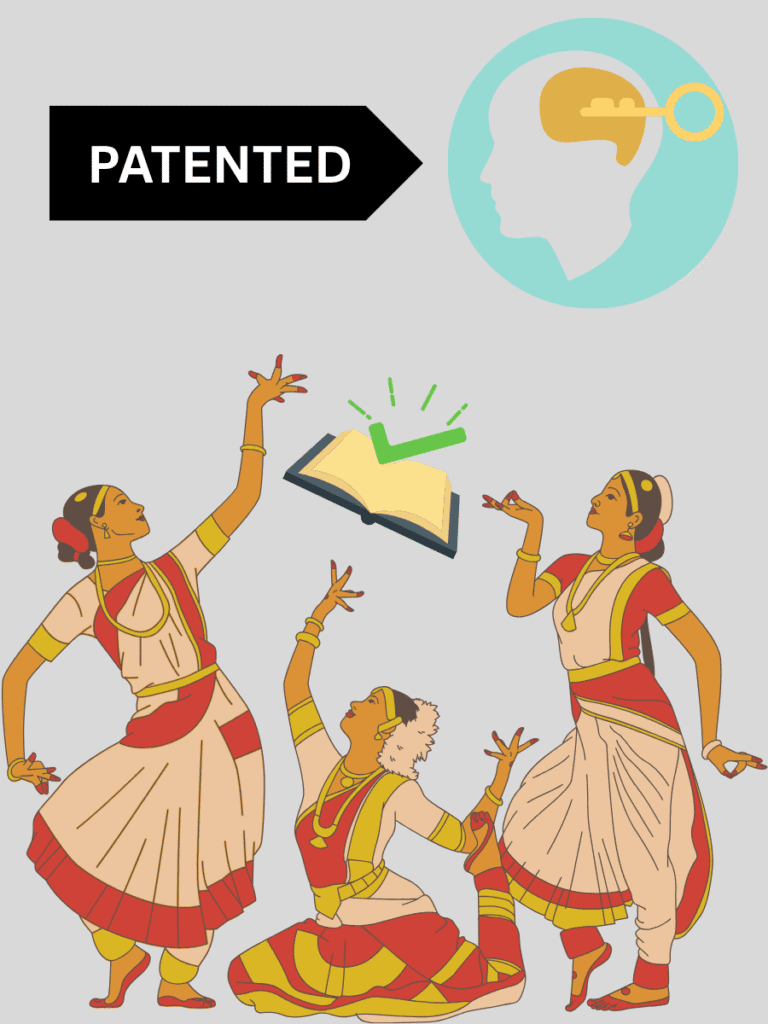Introduction
A patent is a government-granted legal right that gives an inventor exclusive control over the use, sale, production, and distribution of their invention for a specific period. To obtain a patent, the inventor must publicly disclose the invention. Legally, a patent covers a new product or process that involves an inventive step and is capable of industrial application. The Patent Cooperation Treaty (PCT) allows inventors to seek patent protection in multiple countries through a single international application. This treaty eases the burden on applicants by streamlining procedures and reducing duplication of effort. As a PCT member, India aligns its patent system governed by the Patents Act of 1970 with international standards, while safeguarding national priorities such as access to medicines and public welfare.
History
The Patent Cooperation Treaty came into force in 1970 under the World Intellectual Property Organization, which gained transformative development through international intellectual property rights. The PCT was designed to simplify securing patent protection in multiple countries by introducing a unified international filing system. Coming into force in 1978 with just 18 contracting states, the treaty addressed the inefficiencies and financial burdens of the inventors to register patent applications in every country and follow the procedural and legal complexities.
The PCT introduced the concept of a single international patent application. This application is recognized by all member states. It helps reduce redundancy, costs, and administrative burdens for inventors and companies. Since its launch, the PCT system has expanded significantly. Today, it includes over 157 member countries across major global economies.
India’s Patent Law Background
India’s patent regime, before globalisation, was more inward-looking and regulated by the Patents Act of 1970. Indian patent law emphasized mainly the pharmaceutical sector and public interest, limiting monopolistic control.
The primary objective was to balance invented products with affordable access to technology and medicines for its population. As a part of these broader legal and economic reforms, on 07th December 1998, India became a member of the PCT. This marked a significant turning point, India’s integration into the global IP regime. By joining the PCT, India adopted an international outlook on patent protection, aligning its procedures with globally accepted standards.
India’s influence in the international IP landscape grew in 2013. The Indian Patent Office was recognised as an International standard by WIPO. This recognition empowered India to conduct international patent searches. It also allowed India to examine PCT applications. India joined a select group of countries shaping global patent quality and standards.
Since 2020, Indian applicants have consistently filed more patent applications. This rise reflects a stronger focus on innovation and international protection within India. At the same time, national phase entries into India have increased significantly. This trend shows growing interest from foreign companies. They seek to protect their products in the Indian market.
Important provisions and their adaptation in India
The Patent Cooperation Treaty lays down several core provisions that have been integrated into Indian patent law to streamline international patent filing and examination procedures.
One of the key provisions is related to the concept of international application. Article 3 of the PCT allows an applicant to file a single international patent application. This application is treated as a national application in all member countries. It simplifies the process of seeking protection in multiple jurisdictions. Section 7(1A) of the Indian Patents Act supports this system. It allows Indian residents to file international applications through the Indian Patent Office. The Indian Patent Office acts as a Receiving Office under the PCT. Applicants must submit the application in English. They also need to follow all procedural rules of the PCT. For example, a tech company in Bengaluru can file one application through the Indian office. This application can then be extended to several countries.
The International Search Report is governed by Article 18 of the PCT. This report, issued by an International Searching Authority (ISA), helps to identify the prior invention’s impact on the novelty of the product. Since 2013, Indian applicants have been chosen by domestic authorities for a more cost-effective and regionally relevant search. For instance, an inventor from India can rely on the Indian ISA to conduct a prior art search and receive the ISR within a few months of filing.
Chapter II of the PCT provides the steps for invention, novelty terms, industrial application for an International Preliminary Examination, and patent recognition. India, as an International Preliminary Examining Authority, evaluates such applications under Section 29A of the Patent Rules. For instance, a pharmaceutical firm in Hyderabad that can use the Indian authority to assess the international patentability of a new drug compound before entering national phases in multiple countries.
National Phase Entry is covered under Articles 22 and 39. After the international phase, applicants have 30 or 31 months from the prior application date to enter the national phase in any country. Indian law requires PCT applicants to enter the national phase within 31 months under Rule 20(1). For example, a Japanese technology company can enter India’s national phase by the 30th month. This allows them to seek patent protection in India.
Article 17(3)(a) of the PCT governs the Unity of Invention requirement. It mandates that every international application must be based on a single inventive concept. This can include one invention or a group of related inventions. India reflects this in its national laws. Section 10(5) of the Patents Act supports this principle. Rule 13 empowers the Controller to enforce it. If an application lacks unity, the Controller can ask the applicant to divide it. For example, if an AI firm combines software and hardware in one PCT filing, the Controller may require separate divisional applications.
Judicial Decisions
- Novartis AG v. Union of India (2013) 6 SCC 1
The application of PCT for patent protection in India for its anti-cancer drug Glivec. Novartis claimed the invention as a beta crystalline form of Imatinib Mesylate, a substance already known. Although the company initially filed the application internationally, it later entered the Indian national phase under the PCT system to seek patent protection under Indian law. The Patent Officer rejected the application by providence under Section 3(d) of the Patents Act.
The Supreme Court upheld the decision and clarified that the claimed invention did not demonstrate improved efficacy over a known substance. It interpreted Section 3(d) to mean that merely extending patent life through minor modifications is not permissible. The Court emphasized the need to evaluate all international applications based on domestic statutory standards and delivered a landmark judgment in pharmaceutical patent law.
- Gilead Sciences v. Cipla Ltd. 2018 SCC OnLine Bom 2762
The dispute centred around the drug Sofosbuvir, used to treat Hepatitis C. Gilead had filed for patent protection through the PCT system and sought to enter the Indian national phase. The patent application was challenged by Cipla and alleged for no proper demonstration and details on prior existing substances and not eligible for protection.
The court ruled that it would not allow patents for incremental innovations lacking substantial therapeutic benefits, especially in a developing country where affordable healthcare remains a priority. Although the application originated through the PCT system, the court reaffirmed that Indian laws subject such filings to rigorous scrutiny.
- Bayer Corporation v. Union of India (2014) 10 SCC 489
The PCT granted patent protection also recognized in India for its anti-cancer drug named Sorafenib Tosylate (Nexavar). Bayer’s exclusive rights were challenged under Section 84 of the Indian Patents Act. The challenge led to a request for a compulsory license. The reason was the high cost of the drug for Indian patients. The Intellectual Property Appellate Board upheld the license. The Supreme Court agreed, stating the drug was not affordable for the public.
This case was remarkable in ensuring the health policies and medicines, even if the patent is granted through PCT and recognised internationally. It demonstrated that PCT granting does not override national public interest considerations embedded within domestic patent law.
Conclusion
India’s integration into this system marks a pivotal shift in its intellectual property regime. India has aligned with international standards while protecting national priorities like public health. This balance has helped build a strong, fair patent system. Its legal reforms and court rulings show a clear commitment to both innovation and accessibility.
India’s legal system has experienced a multi-dimensional impact. It has adapted patent procedures to align with international norms. This ensures greater transparency in patent prosecution. It also improves timeliness and procedural uniformity. Economically, India has strengthened global patent protection. This change has increased access to foreign investment. It has also opened doors to international markets. Institutionally, the Indian Patent Office has modernized significantly. It developed advanced digital infrastructure. It also launched capacity-building initiatives for patent examiners.
References
- The Patents Act, 1970.
- Patent Cooperation Treaty, 1970
- The Patents (Amendment) Act, 2002
- The Patents (Amendment) Act, 2005
- TRIPS Agreement, 1995, https://www.wto.org/english/docs_e/legal_e/27-trips.pdf
- WIPO Notification No. 176
- Indian Patent Rules, 2003.
- Novartis AG v. Union of India, (2013) 6 SCC 1.
- Gilead Sciences v. Cipla Ltd., 2018 SCC OnLine Bom 2762.
- Bayer Corporation v. Union of India, (2014) 10 SCC 489.







